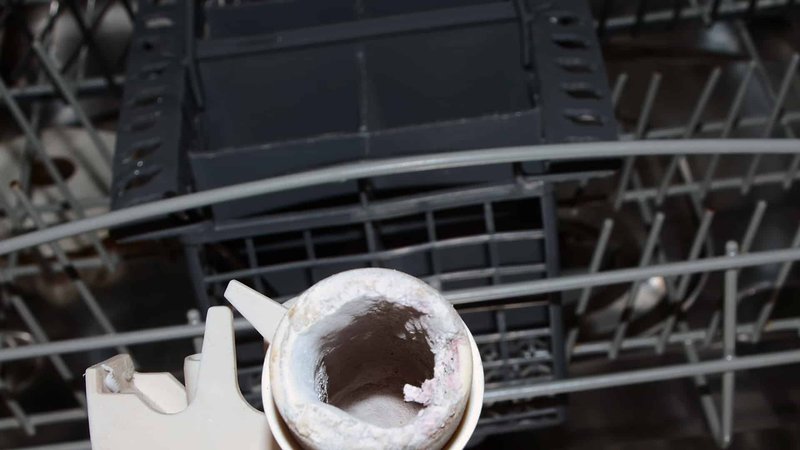
Picture this: your dishwasher is like a mini car wash for your dishes, working through cycles to get everything sparkling clean. But just like a car wash, it needs water to do its job. If there’s a hiccup in getting the water where it needs to go, your dishwasher throws a fit…and up comes that E1 error code. Basically, this code indicates a “water inlet problem”—meaning the appliance isn’t getting the water it needs to function properly. But what causes this hiccup? Let’s dive into it.
Understanding the Possible Causes
First things first, let’s talk about the water supply. Think of this like the veins of your dishwasher, carrying the life-giving water it needs. If these veins are kinked, blocked, or simply cut off, your dishwasher can’t receive water, and it results in the E1 error code. Sometimes, the culprit might be as simple as a closed valve—imagine trying to take a shower with the tap turned off! Double-check the water valve under your sink to make sure it’s fully open.
Another potential issue could be a clogged or kinked water inlet hose. If the hose that brings water into your dishwasher has taken a bend at an awkward angle or has developed a blockage, it won’t deliver the water efficiently. This is similar to a garden hose that has been stepped on—you’re not getting much water at the other end! Inspect the hose for any visible signs of wear or blockage and, if needed, consider replacing it.
And then there’s the water inlet valve itself. Imagine it as the control center, deciding when and how much water gets into your dishwasher. If this valve is faulty or stuck, it won’t allow the right amount of water to flow, leading to the E1 error. Replacing a faulty valve might be a bit more technical, but it’s sometimes the best fix if cleaning or adjusting doesn’t help.
Diagnosing the Problem
So, how do you figure out which of these issues is the cause? Let’s take a step-by-step approach. First, make sure the water supply is good to go. Check that the valve is open—sometimes, it can accidentally be knocked into the closed position. If this isn’t the problem, move on to the water inlet hose. Slide your dishwasher out carefully and inspect the hose for any kinks or visible damage. Giving it a good clean can also help eliminate any blockages lurking inside.
Next up, the water inlet valve deserves your attention. This part can be trickier because it involves some electrical components, so be sure to disconnect your dishwasher from power before inspecting it. With the appliance unplugged, locate the valve, which is usually near where the water hose enters the dishwasher. If it looks worn out or damaged, it might be time for a replacement.
Sometimes, even after all this checks out, the problem persists. In such cases, consider the possibility of debris or gunk in the filter screens or the internal parts of the water supply system. These filters are like the lint traps in your dryer—they need regular cleaning to keep things running smoothly. To check them, you might consult your dishwasher’s manual for detailed instructions on where and how to access these parts safely.
Prevention and Maintenance Tips
Now that you’ve got a handle on what might be causing that pesky E1 error, how can you prevent it from happening again? Just like with any appliance, a little regular maintenance goes a long way. Ensuring your dishwasher’s water supply lines are clear and not tangled will help maintain a steady flow of water.
It’s also a good idea to periodically check the state of your water inlet valve, hose, and the filters. Cleaning these components regularly can prevent build-ups that lead to blockages. Think of it like giving your dishwasher a health check-up—keeping an eye on these parts can prevent major breakdowns and unexpected error codes.
And finally, if you’re really stuck and can’t seem to clear that E1 error, it might be time to call in a professional. While there’s plenty you can do on your own, a certified technician can offer a more in-depth diagnosis and solution. Remember, it’s always okay to ask for help when you need it, and the peace of mind knowing your dishwasher is working perfectly is worth it.
With these insights and steps, you’re now better equipped to tackle that E1 error with confidence. Keep your dishwasher in tip-top shape, and it’ll keep your dishes looking spotless.